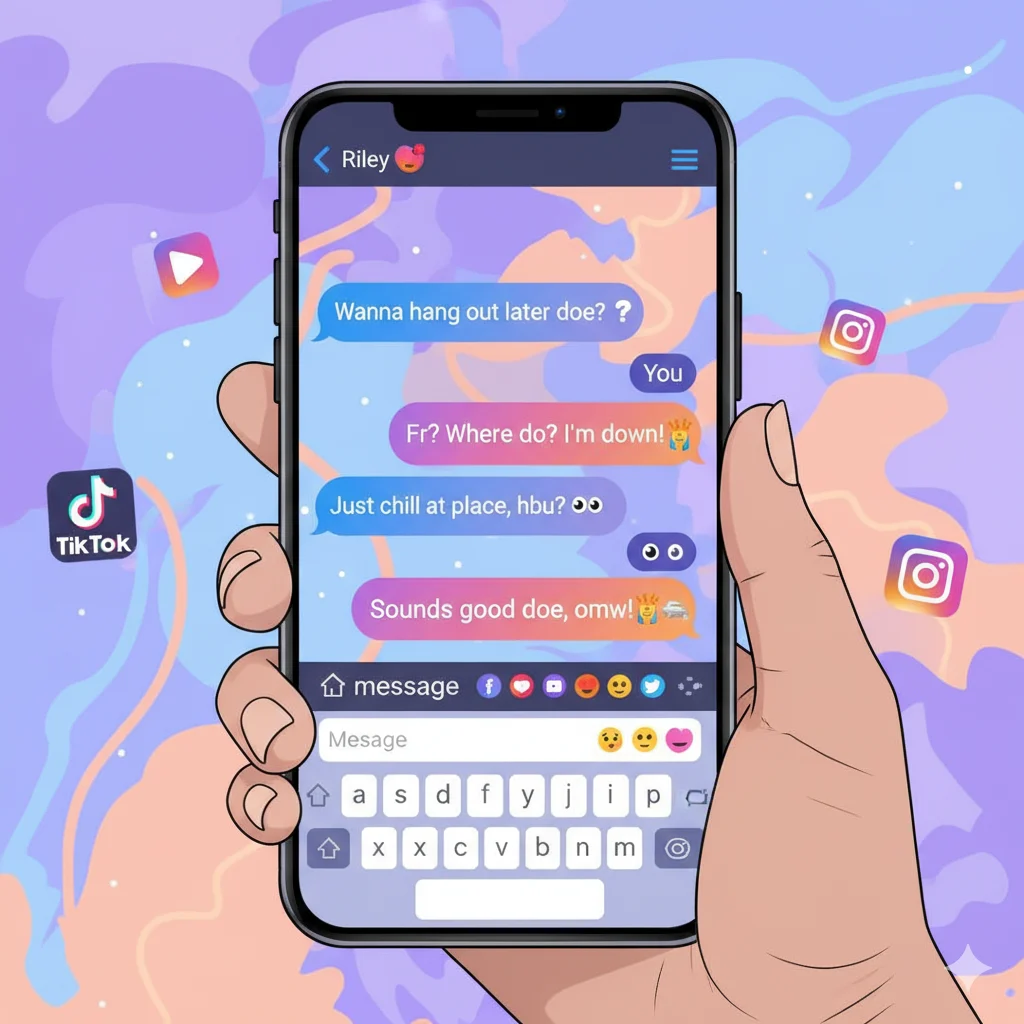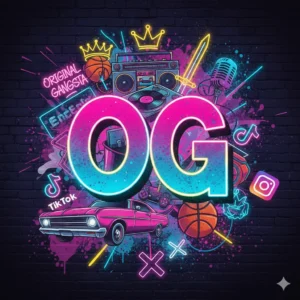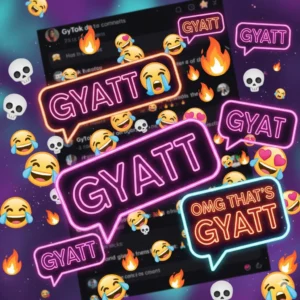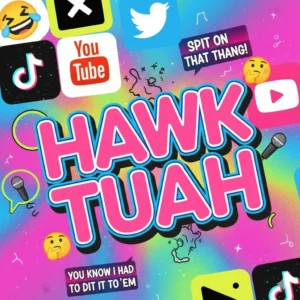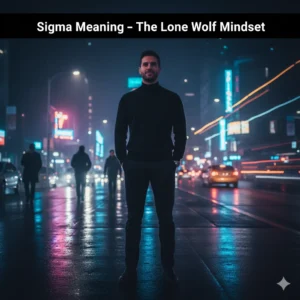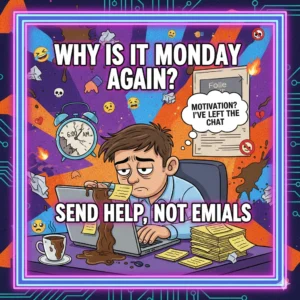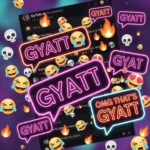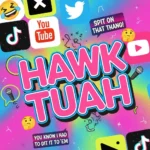If you spend time online — scrolling through TikTok, Twitter, or Instagram — you’ve probably seen someone write something like “That’s wild, doe 😂” or “He cool, doe 😎.”
At first, “doe” might look like a spelling mistake or a reference to a deer 🦌, but it’s actually a word with deep roots in real speech and internet culture.
“Doe” shows how digital language evolves naturally through the way people talk, joke, and express emotion — not through formal grammar rules.
This article explores what “doe” means in slang, where it came from, how it’s used, and why it’s a perfect example of how human communication adapts online.
🔍 What “Doe” Means in Slang
In slang, “doe” is simply a phonetic spelling of the word “though.”
It’s used at the end of a sentence to emphasize emotion, add rhythm, or make a statement sound more casual and real.
It doesn’t change the meaning of the sentence — it changes the feeling of it.
Examples:
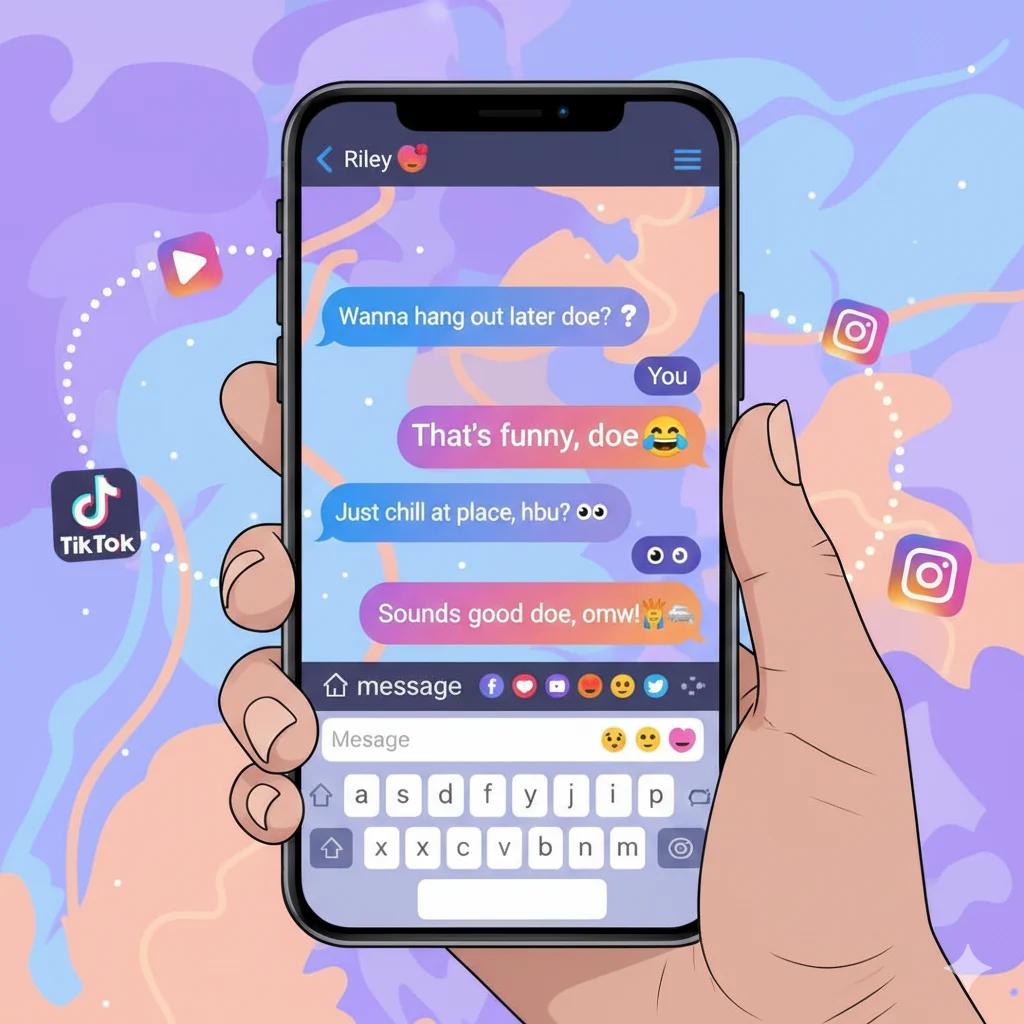
- “That food good, doe 😋” → means That food is really good, though.
- “She funny, doe 😂” → lighthearted and playful tone.
- “I’m tired, doe 😩” → softens the tone and sounds conversational.
The word works because it captures how people actually speak. In digital spaces, where tone can be hard to express, “doe” adds warmth and authenticity that feels personal.
💬 How “Doe” Became Popular
“Doe” didn’t come from textbooks — it came from everyday speech, especially within African American Vernacular English (AAVE).
In AAVE, “though” is often pronounced closer to “doe.” As Black culture, music, and online communities spread globally, so did this spelling.
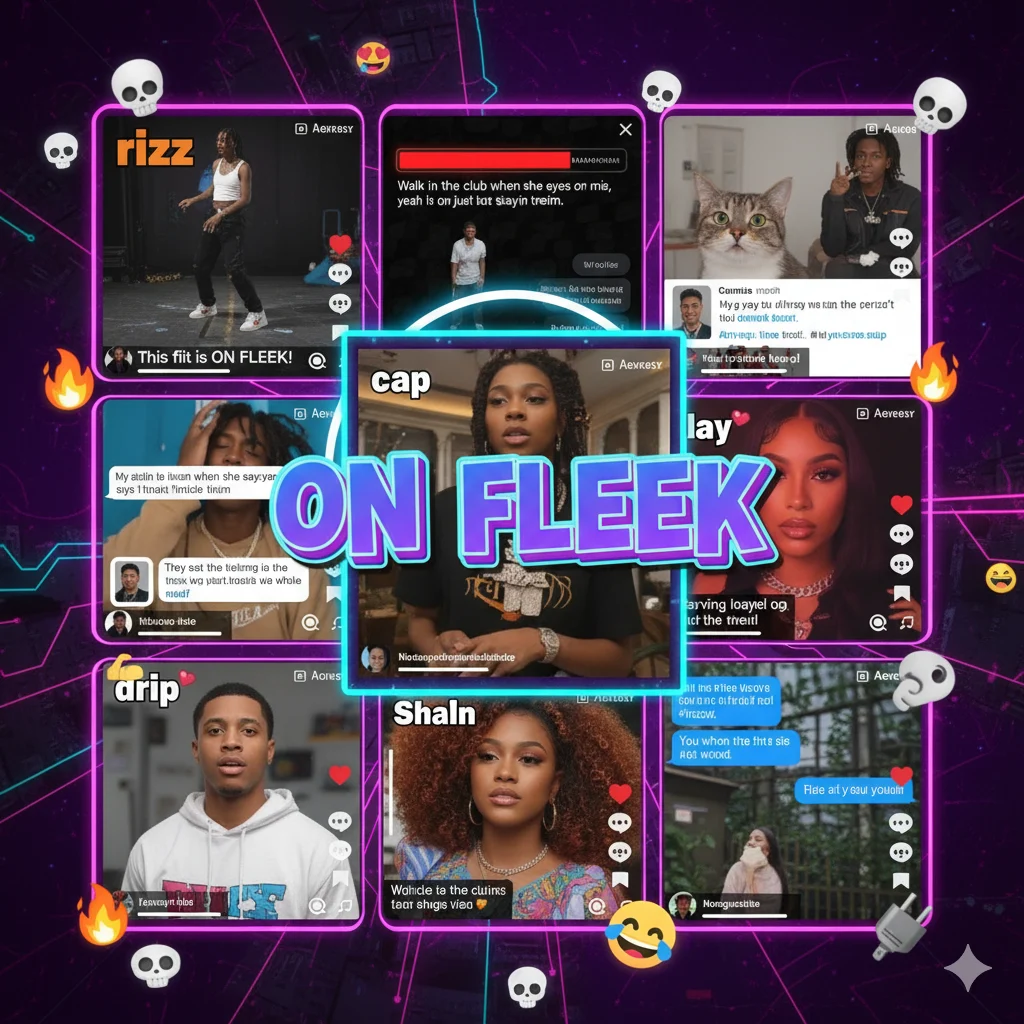
It first appeared in rap lyrics and urban conversations, then entered memes, tweets, and viral captions, eventually becoming a part of mainstream internet slang.
Platforms like Vine, Twitter, and TikTok accelerated its growth — people started spelling words how they sounded, not how grammar dictated. That trend made “doe” feel natural, relatable, and expressive.
In short: “doe” became a digital reflection of spoken language — a voice people could recognize as real.
🌍 Culture and the Evolution of Language
Language constantly changes, especially where people interact the most — online.
Words like “doe” show how culture drives communication. They emerge from communities, music, and humor, not from dictionaries.
When you see “doe” in a caption or comment, you’re witnessing the blending of speech, creativity, and cultural identity.
This transformation shows how language is shaped by people’s experiences. It’s not about making words perfect — it’s about making them alive.
Writers, linguists, and creators who study internet slang often note that real experience and social context make slang terms meaningful. People adopt these expressions because they sound authentic, not robotic.
That’s also why online audiences connect more deeply with natural, conversational writing — it mirrors how they actually think and talk.
💡 Why “Doe” Works So Well Online
The success of “doe” lies in its simplicity and realism. It helps text sound human and emotional, which is why it thrives on social platforms.
Here’s why it works so effectively:
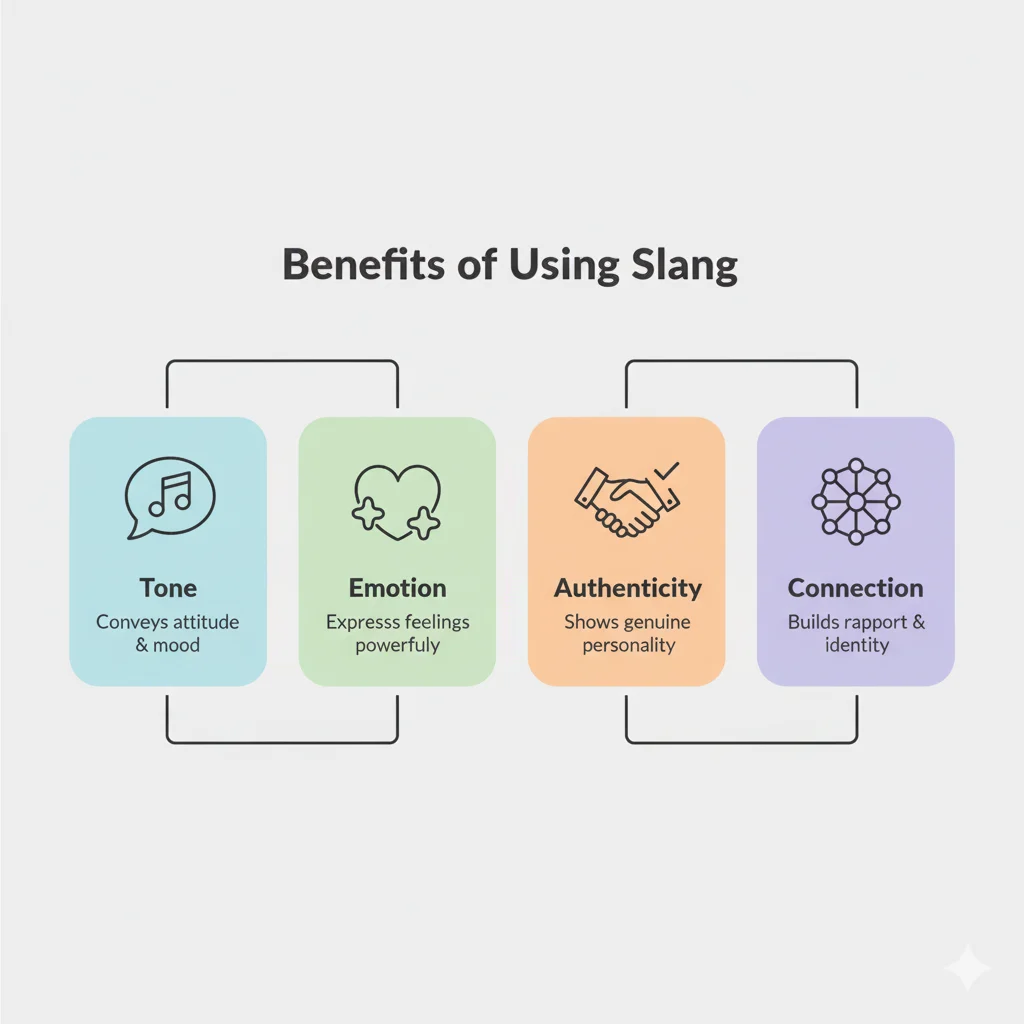
- It adds emotion:
“That outfit nice, doe 🔥” adds personality and warmth. - It keeps tone casual:
“He funny, doe 😂” sounds more like speech than a typed sentence. - It builds connection:
Readers recognize that tone — it feels friendly and genuine. - It mirrors real language:
Instead of sounding formal, it follows natural pronunciation patterns. - It fits internet rhythm:
On short-form platforms, every word counts — “doe” delivers tone fast.
Modern readers and algorithms alike respond better to writing that feels human, spontaneous, and grounded in real-world experience. Slang like “doe” captures exactly that.
🎵 “Doe” in Music, Memes, and Pop Culture
From hip-hop lyrics to viral memes, “doe” has cemented its place in pop culture.
In music, artists use it to add flow and authenticity:
“It’s love, doe” sounds more rhythmic than “It’s love, though.”
In memes and comments, it’s used for humor or emphasis:
“He really said that, doe 💀.”
And on TikTok captions, it’s shorthand for emotion:
“She mad, doe 😭.”
Each use keeps “doe” relevant because it feels spontaneous — like real people talking, not writing a script.
🗣️ Common Ways to Use “Doe”
Here are real-life examples of how “doe” appears across conversations:
| Type | Example | Meaning |
|---|---|---|
| Compliment | “That design smooth, doe 🔥” | That design looks amazing |
| Humor | “He tryna dance, doe 😂” | Playful teasing |
| Agreement | “True, doe 💯” | Totally agree |
| Irony | “She mad, doe 😭” | Light sarcasm |
| Admiration | “That view, doe 😍” | Expression of awe |
In each example, “doe” softens tone, adds emotion, and makes the sentence sound natural.
📚 Why People Spell “Though” as “Doe”
“Doe” is part of a much larger pattern in internet language — phonetic spelling, where words are written as they sound.
You’ll see similar examples like “gonna” (going to), “wanna” (want to), and “ain’t.” These expressions make writing sound conversational.
Typing “doe” instead of “though” isn’t about bad grammar — it’s a stylistic choice that captures voice. It reflects a person’s rhythm, accent, and cultural background.
Online, where tone matters more than grammar, that voice is what makes writing engaging.
🌐 The Cultural Influence of “Doe”
“Doe” isn’t just a cute misspelling — it represents community-driven language.
It came from everyday speech, grew through music, and became a digital shorthand for expression.
The word bridges cultural identity and creativity, showing how modern slang connects people through shared humor and experience.
Each time someone types “doe,” they’re continuing a long tradition of linguistic innovation — where culture, emotion, and connection shape how we communicate.
It’s this kind of authenticity that keeps online language alive and evolving. People trust and enjoy content that feels real — not forced or overly polished.
That’s why “doe” continues to dominate casual conversation in 2025: it’s relatable, expressive, and emotionally intelligent.
🎤 “Doe” Compared to Other Slang Terms
“Doe” often appears alongside other slang words that serve a similar purpose — showing tone, mood, or connection.
| Slang Word | Meaning | Example |
|---|---|---|
| “Bruh” | Expression of disbelief or emotion | “Bruh, that’s crazy, doe 😭” |
| “Fr” | Short for “for real” | “She nice fr, doe 😎” |
| “Cap” | Lie or exaggeration | “He said he rich, that’s cap, doe 💀” |
| “Ion” | Short for “I don’t” | “Ion like that, doe 😅” |
Each slang term tells a small story — how people use language to sound natural and emotionally expressive. “Doe” ties them together because it finishes the thought with rhythm and tone.
✨ Final Thoughts
So, what does “doe” mean in slang?
It’s a simple twist on “though,” but with deep cultural meaning.
It started in everyday speech, spread through music and memes, and now lives in social media captions and messages everywhere.
“Doe” adds rhythm, emotion, and authenticity to language — qualities that make modern communication feel real and personal.
The rise of “doe” proves something powerful: language evolves through experience, not rules. Real people shape the way we speak and write, and that’s what keeps communication alive, expressive, and human.
In the end, “doe” isn’t just slang — it’s a reminder that connection always sounds better when it’s real.
